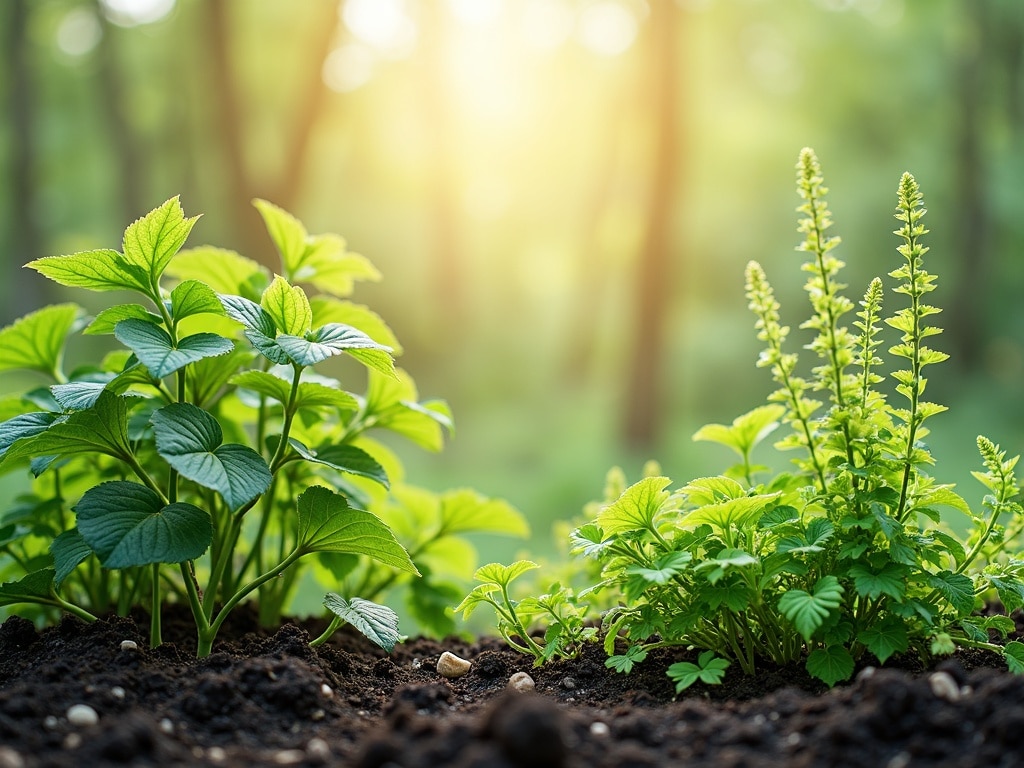Troubleshooting Common Plant Problems: A Gardener’s Guide
There’s nothing quite as disheartening as watching your beloved plants struggle, wither, or simply fail to thrive. You’ve nurtured them with care, provided water and sunlight, and yet, those tell-tale signs of distress appear: yellowing leaves, stunted growth, or unwelcome visitors. But don’t despair! Plant problems are a common part of the gardening experience, and with a little knowledge and detective work, you can often diagnose and remedy the situation, restoring your green friends to their vibrant best.
Identifying the Culprit: Decoding Plant Symptoms
Before you can fix a problem, you need to understand what’s causing it. Plant symptoms can be subtle, so careful observation is key. Here’s a breakdown of some common signs and their potential causes:
Yellowing Leaves (Chlorosis)
Yellow leaves are a frequent cry for help from plants. The yellowing can manifest in a few different ways, each hinting at a different issue:
- Uniform yellowing: Often indicates a lack of nutrients, particularly nitrogen. Overwatering can also lead to nutrient deficiencies as it washes them away.
- Yellowing between veins (interveinal chlorosis): This usually points to a deficiency in micronutrients like iron, manganese, or magnesium. Check your soil pH, as high pH can lock up these nutrients, making them unavailable to the plant.
- Yellowing of older leaves first: A sign of mobile nutrient deficiencies, where the plant is pulling nutrients from older leaves to support new growth. Nitrogen, phosphorus, and potassium deficiencies often present this way.
Brown or Black Spots
Spots on leaves can be indicative of fungal or bacterial diseases. Consider these factors:
- Small, circular spots: Could be a fungal leaf spot disease. Improve air circulation and avoid overhead watering.
- Irregularly shaped, water-soaked spots: Often a sign of bacterial infection. Remove affected leaves and avoid splashing water on healthy foliage.
- Black, sooty mold: Usually appears on plants infested with sap-sucking insects like aphids or scale. The mold grows on the honeydew these insects excrete.
Wilting
Wilting, the drooping of leaves and stems, usually signals a problem with water uptake:
- Overall wilting, even with moist soil: Could indicate root rot caused by overwatering or poor drainage. Check the roots for signs of mushiness or decay.
- Wilting during the hottest part of the day, recovering in the evening: Often a sign of heat stress or underwatering. Ensure the plant has adequate water and consider providing shade during peak sun hours.
- Sudden wilting of a branch or entire plant: May be a sign of vascular disease, which blocks the plant’s ability to transport water.
Stunted Growth
If your plant seems to have stopped growing or is producing smaller than usual leaves, consider these potential issues:
- Lack of nutrients: Ensure your plant is getting the nutrients it needs through regular fertilization.
- Rootbound: If the plant’s roots are circling tightly within the pot, it may be time to repot into a larger container.
- Pest infestation: Some pests, like nematodes, can damage roots and stunt growth.
Pests
Visible insects on your plants are a clear sign of a pest problem. Common culprits include:
- Aphids: Small, soft-bodied insects that cluster on new growth and suck plant sap.
- Spider mites: Tiny pests that create fine webbing on leaves and cause stippling.
- Scale: Small, armored insects that attach themselves to stems and leaves.
- Whiteflies: Small, white, flying insects that feed on plant sap and cause yellowing.

Common Plant Problems and Their Solutions
Now that you’ve identified some potential symptoms, let’s delve into some specific problems and how to tackle them:
Overwatering
Perhaps the most common mistake among plant parents, overwatering suffocates roots and creates an environment ripe for fungal diseases.
- Symptoms: Yellowing leaves (often starting with lower leaves), wilting despite moist soil, mushy brown roots, and potentially fungal growth on the soil surface.
- Solutions:
- Allow the soil to dry out between waterings. Stick your finger into the soil; if it feels moist, don’t water.
- Ensure your pot has drainage holes.
- Repot the plant in fresh, well-draining soil if root rot is present, trimming away any affected roots.
Underwatering
On the opposite end of the spectrum, underwatering deprives plants of the essential moisture they need to thrive.
- Symptoms: Wilting, dry and crispy leaf edges, slow growth, and potentially leaf drop.
- Solutions:
- Water deeply and thoroughly when the soil feels dry to the touch.
- Consider soaking the pot in a basin of water to rehydrate the soil completely.
- Increase watering frequency during hot or dry weather.
Nutrient Deficiencies
Plants need a balanced supply of nutrients to grow and flourish. Deficiencies can manifest in various ways.
- Symptoms: Yellowing leaves, stunted growth, poor flowering, and leaf discoloration.
- Solutions:
- Fertilize regularly with a balanced fertilizer, following the instructions on the label.
- Identify specific deficiencies based on leaf symptoms (as described above) and use a fertilizer that addresses those needs.
- Amend the soil with compost or other organic matter to improve nutrient availability.
Pest Infestations
Pests can weaken plants and transmit diseases. Early detection and treatment are crucial.
- Symptoms: Visible insects, webbing on leaves, sticky residue (honeydew), leaf damage (e.g., holes, stippling), and stunted growth.
- Solutions:
- Identify the pest: Knowing your enemy is half the battle!
- Isolate the plant: Prevent the pests from spreading to other plants.
- Manual removal: Handpick larger pests or use a strong stream of water to dislodge them.
- Insecticidal soap or neem oil: Effective for controlling many common pests. Follow the instructions carefully.
- Beneficial insects: Ladybugs, lacewings, and other beneficial insects can help control pest populations.
Fungal Diseases
Fungi thrive in humid environments and can cause a variety of plant diseases.
- Symptoms: Spots on leaves, powdery mildew, rust, and root rot.
- Solutions:
- Improve air circulation: Prune plants to increase airflow and avoid overcrowding.
- Avoid overhead watering: Water at the base of the plant to prevent water from sitting on the leaves.
- Fungicides: Use a fungicide specifically formulated for the disease you are dealing with. Follow the instructions carefully.
- Remove affected foliage: Prune away any diseased leaves or stems to prevent the spread of the disease.
Prevention is Key: Creating a Healthy Environment for Your Plants
While knowing how to troubleshoot problems is essential, preventing them in the first place is even better. Here are some tips for creating a healthy environment for your plants:
- Choose the right plant for the right place: Consider the amount of sunlight, water, and space available before selecting a plant.
- Use well-draining soil: Good drainage is crucial for preventing root rot.
- Water properly: Water deeply and thoroughly when the soil feels dry, allowing excess water to drain away.
- Fertilize regularly: Provide your plants with the nutrients they need to thrive.
- Provide adequate light: Ensure your plants are getting the appropriate amount of sunlight.
- Maintain good air circulation: Prune plants to increase airflow and prevent fungal diseases.
- Inspect plants regularly: Catching problems early can make them easier to solve.
- Keep your tools clean: Sterilize pruning shears and other tools to prevent the spread of disease.
When to Call in the Experts
Sometimes, despite your best efforts, a plant problem may be too complex to solve on your own. Don’t hesitate to seek help from a local nursery, garden center, or certified arborist. They can provide expert diagnosis and recommendations for treatment. Be prepared to provide as much information as possible about your plant’s symptoms, growing conditions, and care routine. You might even want to bring in a sample of the affected leaves to help them assess the issue.
The Sweet Reward
Dealing with plant problems can be frustrating, but it’s also a learning experience. By understanding the common issues and their solutions, you can become a more confident and successful gardener. Remember to observe your plants carefully, act promptly, and don’t be afraid to ask for help when you need it. The reward of seeing your plants thrive is well worth the effort!
